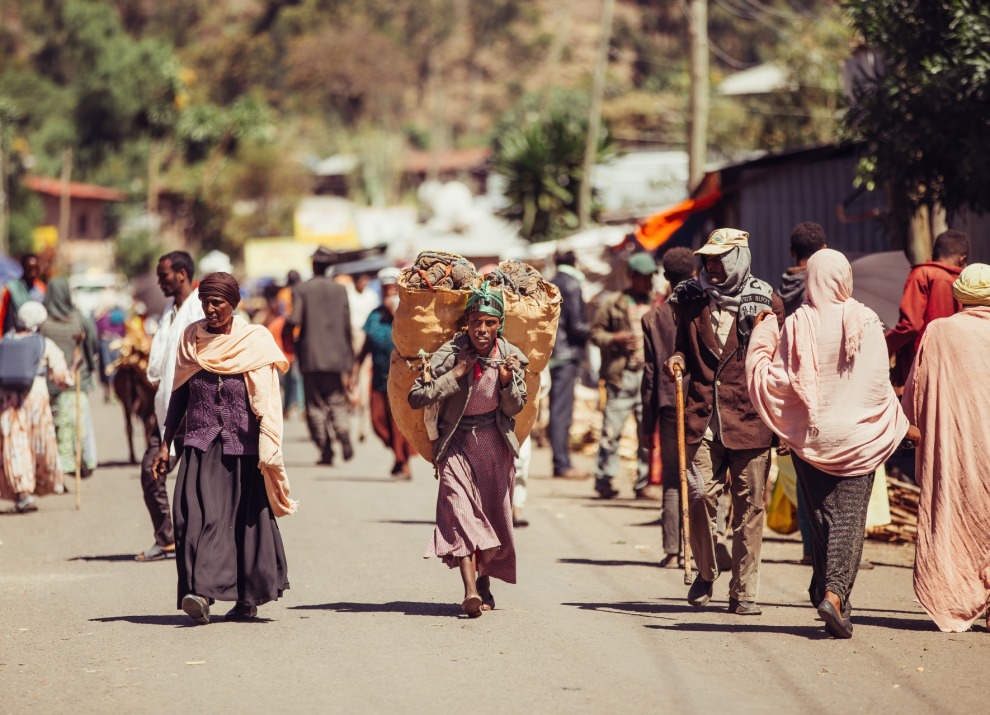Remembering why vaccines matter: By Dr. Ruchi Kaushik
 This post was written by Ruchi Kaushik, MD, MPH, FAAP, a pediatrician and mother of three based in San Antonio, Texas. In her spare time, Ruchi enjoys collaborating with community organizations (including home health providers and school districts) to promote the optimal growth and development of all children and advocating for children’s issues.
This post was written by Ruchi Kaushik, MD, MPH, FAAP, a pediatrician and mother of three based in San Antonio, Texas. In her spare time, Ruchi enjoys collaborating with community organizations (including home health providers and school districts) to promote the optimal growth and development of all children and advocating for children’s issues.
I still remember the power of the heat; the air was thick and slapped you in the face as soon as you stepped outside. The rain may have cooled you briefly but brought with it a fresh surge of humidity leaving the air even heavier than before. It was my fourth year of medical school, and as I walked to the hospital wards, I could never in my life imagine what I was about to see.
I was born and raised in southern California, the daughter of a pediatrician. I worked for my father every summer and winter break from the age of 12. I knew the recommended vaccine schedule before I knew my high school schedule. I became immune to the sounds of babies crying, as I quickly understood the imperative nature of preventive medicine, including the importance of vaccines to keep vaccine-preventable diseases at bay. Indeed, Social and Preventive Medicine was my favorite class in med school.
I was given the blessed opportunity to study medicine in India. In the U.S., the tuberculosis (TB) vaccine is not given to children. Children in India are immunized against TB at a very early age, but access to care is a challenge and every child is not reached. This was quite evident to me as I watched a family pick their nine-year-old daughter up from a hospital bed and take her home to die. She had been diagnosed with and treated for tuberculous meningitis to no avail.
I remember participating in the “Pulse Polio” campaign. Each winter, we medical students would go door-to-door, dropping polio vaccine drops into the mouths of children (polio vaccine is now an inactive virus shot in the U.S., as the live active polio drops are currently not necessary). The homeless adults lying on platforms at the train station, unable to walk, or even move their legs, were a grave motivation to continue to participate in this annual field trip.
But the face that is etched in my brain, the face that I will never forget even after 20 years, is that of a five-year-old boy sitting next his mother in a tiny, isolated room. We were not permitted to enter the room. I never put stethoscope to chest. We peered into his room through a large glass window. He had been diagnosed with diphtheria. Diphtheria is a disease in which a membrane forms over your throat, making it very difficult to breathe over time, is fatal for one out of every two children, and is the “D” part of the “DTaP” vaccine.
Today in India, polio is eradicated. And diphtheria cases have decreased from 100,000 in 1980 to 2500 in 2015, as vaccination rates have increased from just over half of children to almost 80%.
Twenty years. I have been out of medical school for 20 years, but I will never forget these experiences. And if we do not continue to vaccinate our children and create a high enough level of herd immunity, today in the U.S. could quickly look like 20 years ago in India.
This Mother’s Day, Ruchi shared why she vaccinated her kids. Want to share your reason? We encourage moms and dads to tell us why you #GiveYourKidsAShot.







